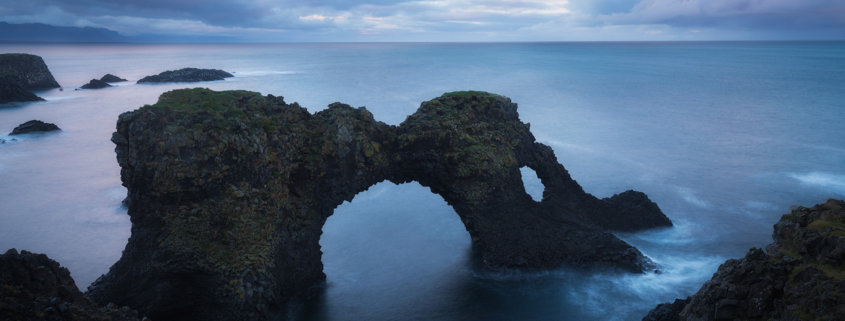How to Refine Your Composition in the Field
Although I use a digital camera, I increasingly try to photograph like I am using film. One example of how this style of photography manifests is an overarching goal to get it right in the field, not fix it later in Photoshop. For example, once I have honed in on a subject and settled on a general composition, I try to take a careful approach to the task of actually crafting a photograph. First, this means ensuring that I have a proper exposure and that I am careful with my focusing. Beyond these technical aspects of photography, I also spend time making small refinements to my composition. These refinements can sometimes save time once I am back home and working on processing a photograph. More importantly, some small refinements can make a big difference in the overall success of a photograph.
Five Questions to Consider When Refining Your Composition in the Field
When I am refining my compositions in the field, I always start by thinking through these five basic questions:
- Are the primary subjects far enough away from the edge of the frame and do the primary subjects have enough breathing room?
- Are any elements of the photo being cut off in awkward ways?
- Are the edges free from distractions like bright spots or things poking into the frame (like twigs)?
- Are any elements merging in distracting or unappealing ways?
- Is the horizon level (not according to your camera’s level but based on the lines within your composition since the level can sometimes be misleading)?
Example Photographs
Using three examples, I will share a few examples of the refinements I made in the field that helped improve each of these photographs. This first photo features a pond filled with a colorful mix of leaves. For this composition, my primary refinements included making sure that I was not cutting off any distinctive leaves in an unattractive way. For example, the maple leaves are both colorful and eye-catching due to their shape. In working on this composition, I framed the photo so that these distinctive leaves all made an acceptable entrance or exit into the frame. Although I could have later darkened bright leaves in Photoshop, I also tried to make sure that no light colored leaves were right on the edge of the frame since bright spots are often distracting to a viewer.
For the next photo, I spent a lot of time deciding how I wanted the lines to enter and exit the frame. I considered the main convergence of fractures to be the primary subject so my final composition allowed some breathing room and made sure it was well away from any edges of the frame. I also made sure that any bright bubbles were not right on the edge of the frame, again because they could have been distracting to the rest of the composition. My making these kinds of tiny adjustments to my composition, I was able to improve it significantly.
For the final photo, my main refinement included moving my position so that the arch and the rock immediately behind it were not merging together (although I would have liked more separation, my position wouldn’t allow it). This kind of merge between the arch and the rock could have ruined this photograph. Thus, moving a few feet up or down can often add more separation to elements within a frame, making the composition more visually appealing. I also made sure that the dips in the lower rocks didn’t get to close to the bottom edge of the frame to allow for a more visually continuous expanse to serve as a frame for the arch.
Next time you are in the field, pay attention to the detail of your compositions and spend time thinking through the questions I share above. Over time, I think you will notice that this extra attention to detail can make a big difference for your photography.






